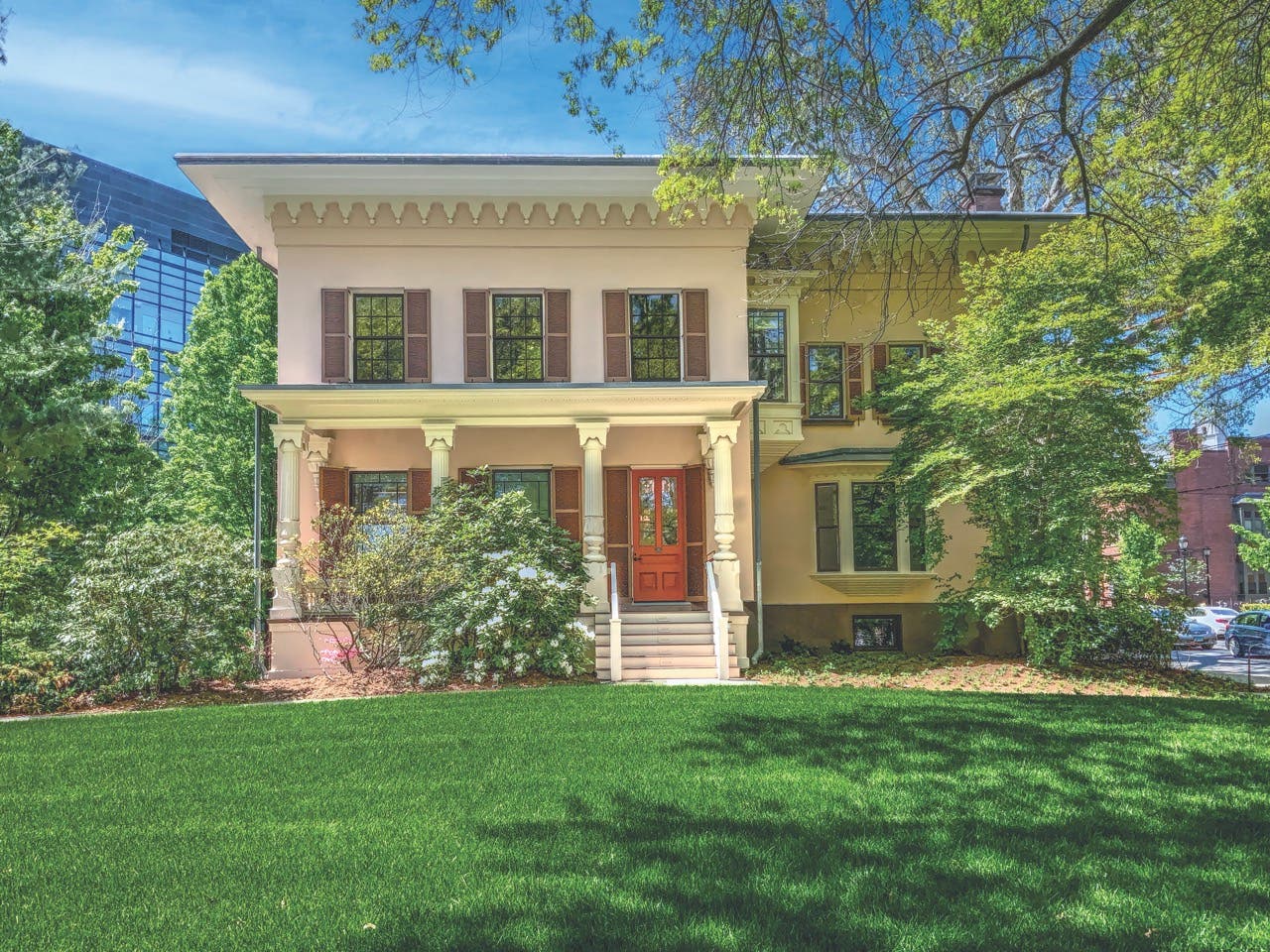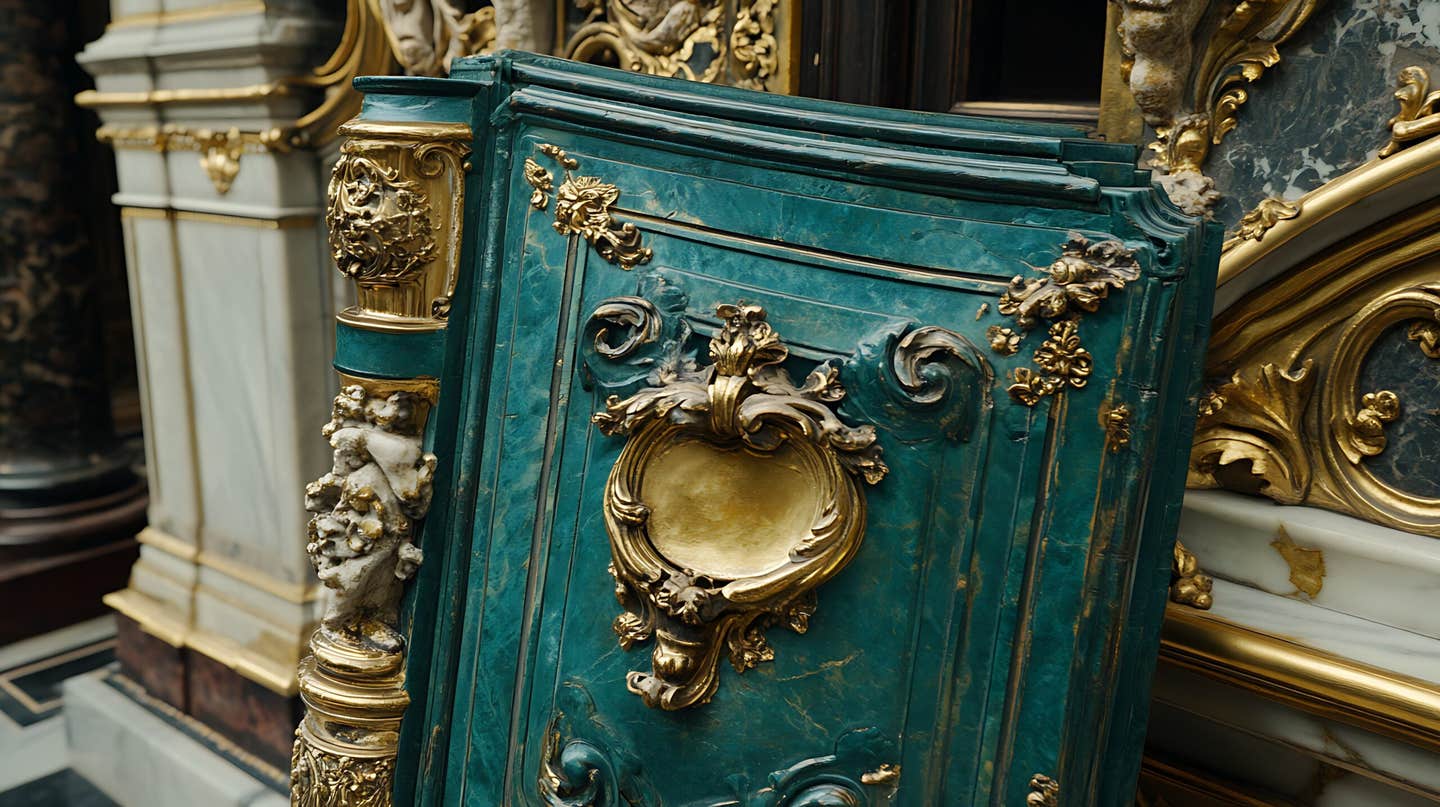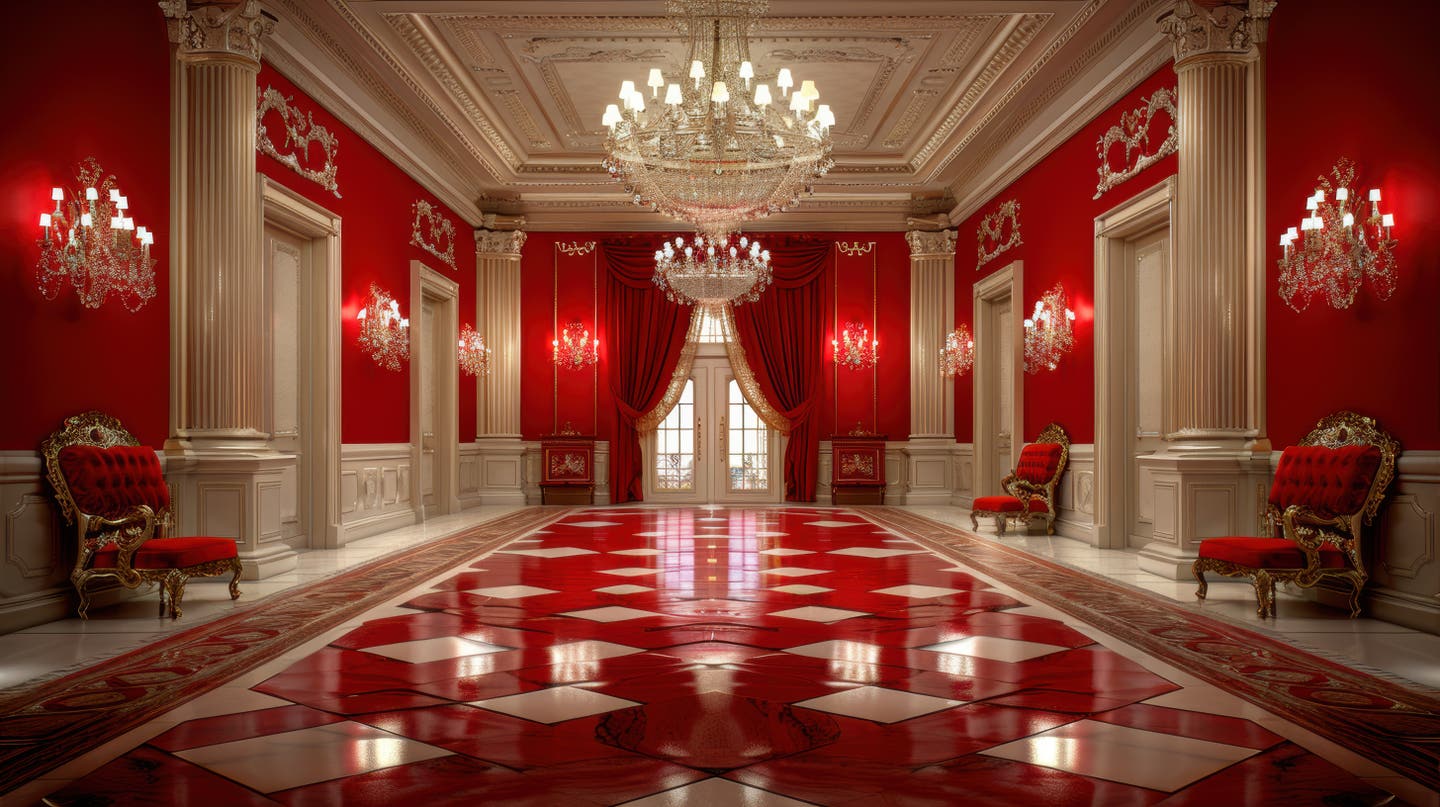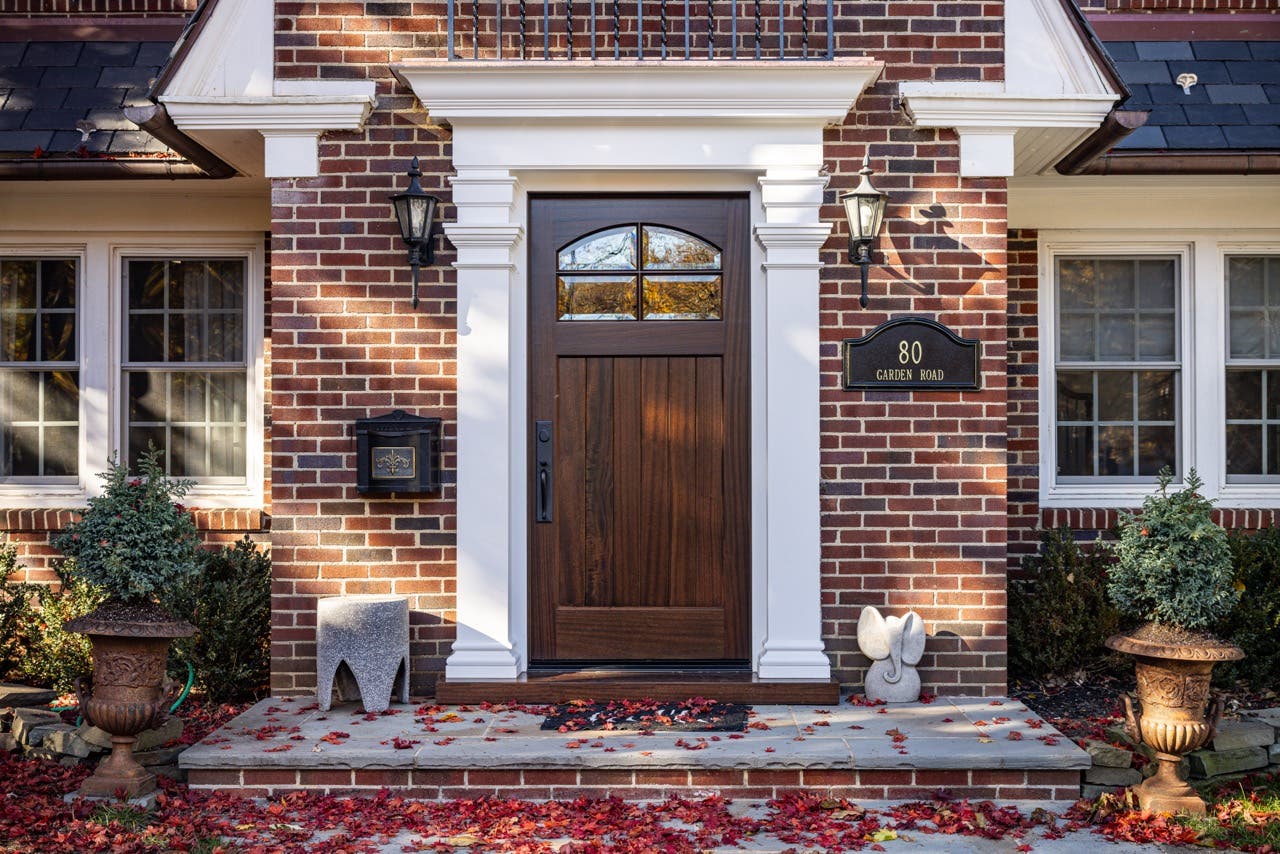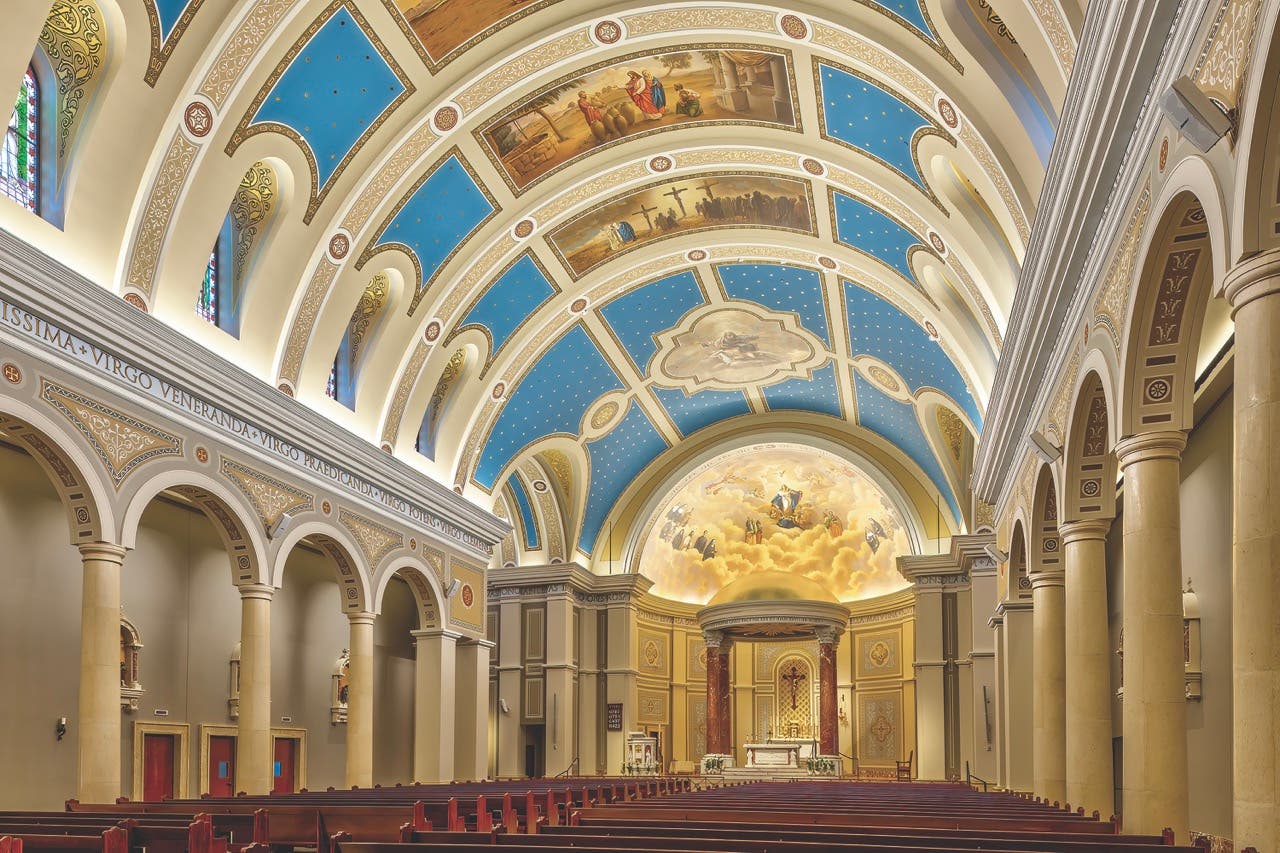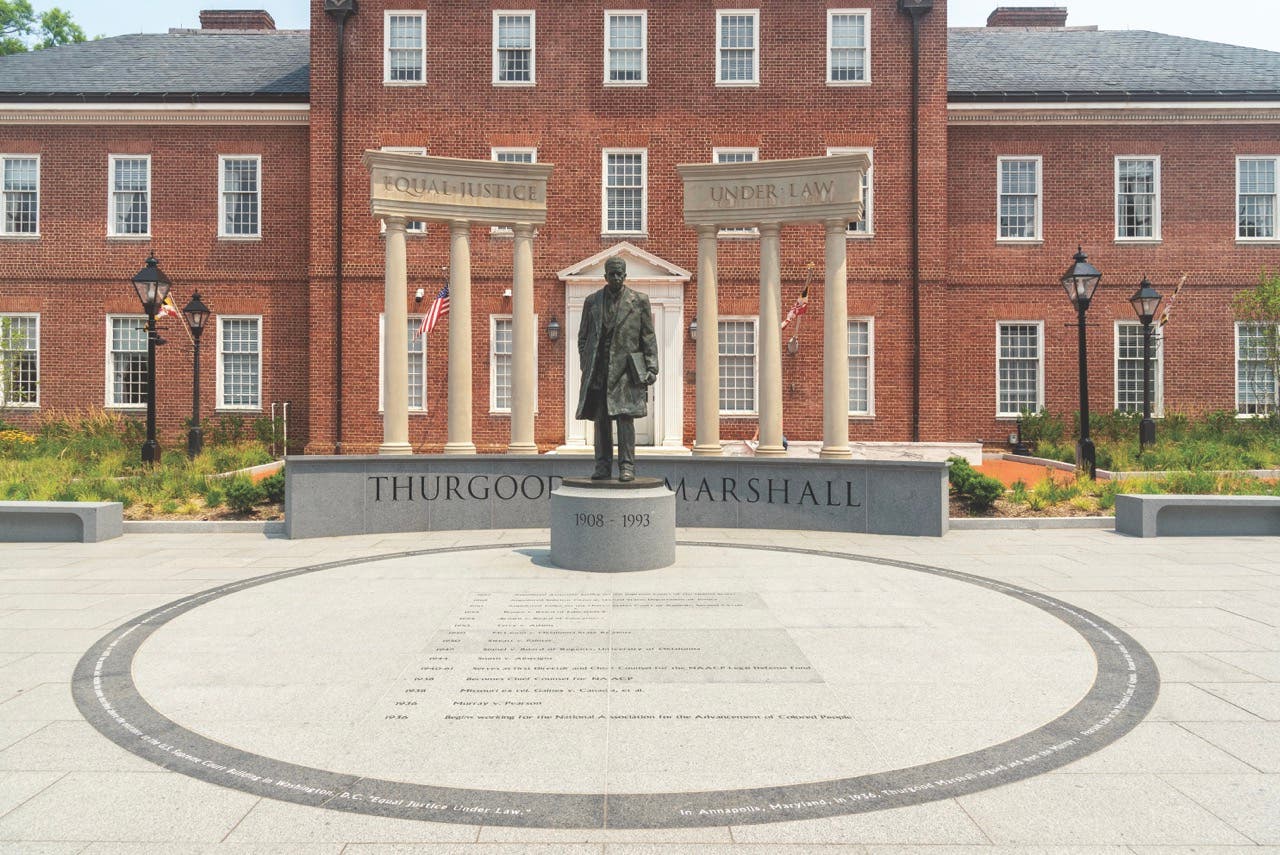
Product Reports
Set in Stone
From classic capitals and columns to beautiful balustrades, traditional architecture is anchored by stone accoutrements. Today, there are a variety of choices, ranging from natural stone to cast stone, that are cost-effective and durable enough to last.
Here are select specialist suppliers whose products grace historical, commercial, and residential structures around the country.
Classic Cast Stone of Dallas,
A producer of quality cast stone since 1983, Classic Cast Stone of Dallas specializes in architectural details for exteriors and fireplace surrounds and mantels.
The company’s limestone-simulating Classic Cast Stone is a proprietary mix of graded aggregates, Portland cement, and additives that uses a Vibra-tamp process to produce a smooth finish. Replicas are copied from photos or molded from original pieces.
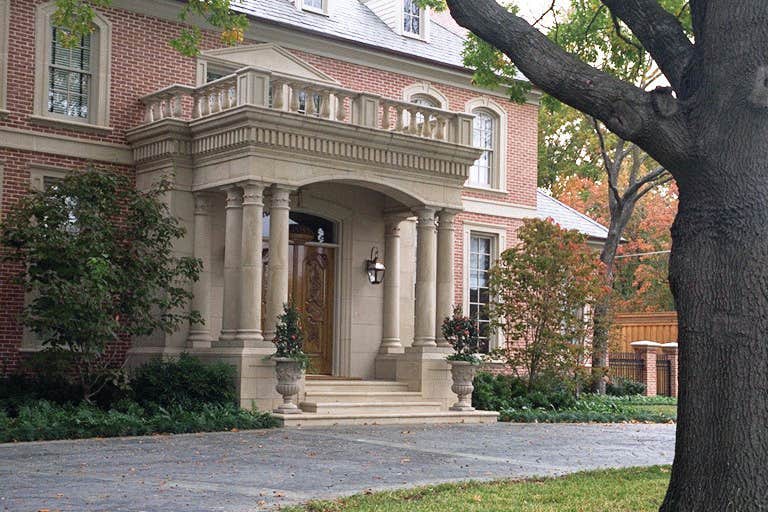
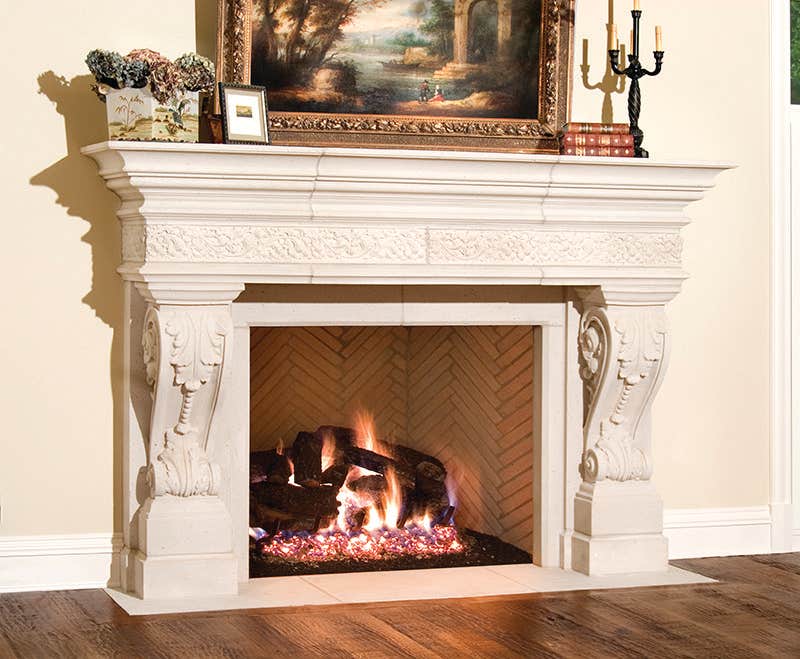
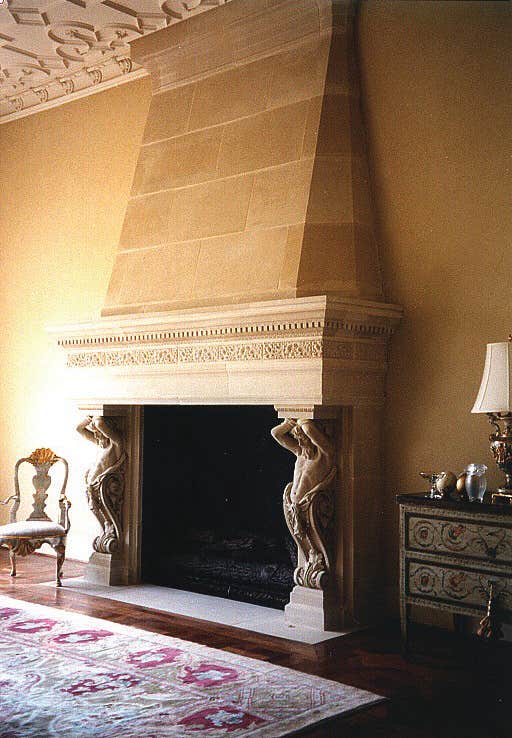
“Historic design with cast stone has a special quality that survives changing trends,” says President Art Allen, a former board member of the Cast Stone Institute who has more than 40 years of experience in architecture, construction, and concrete products. “The proportions and how they create the final piece are essential. Quality in design and manufacturing creates a product that stands the test of time.”
Haddonstone,
Established over a half-century ago, Haddonstone is an international market leader specializing in bespoke cast-stone and historic replicas. The family-owned and -managed company, which has factories in the United States and the United Kingdom, offers three material types.
Haddonstone is a semi-dry-cast textured limestone that is similar in feel and strength to Portland or natural limestone.
TecStone, a wet-cast limestone, has a smooth, dense surface and typically is used for flooring, fireplaces, complex statuary, and larger architectural projects that require a surface finish that is easy to clean and does not weather quickly.
TecLite is a fiber-reinforced cement-based material that resembles cast stone but is lighter in weight, making it ideal for new-builds, retro-fits, and timber-frame structures.
Haddonstone, whose 1,000-plus collection of garden ornaments includes the National Trust for Scotland’s House of Dun Urn and the Eton College Fountain from the cloister court of the school in Windsor, England, uses 3D technology and more traditional techniques to create replicas.
The company has done work for a number of high-profile clients, including Winterthur Museum, Garden & Library and the Omni Shoreham Hotel in Washington, D.C.
“Every single item is made to order and handcrafted by our highly skilled and vastly experienced team,” says Dave West, president of Haddonstone USA. “And we offer a color and matching service, ensuring that we can meet our clients’ exact specifications.”
Royal Corinthian,
A specialist in the manufacture of man-made stone, Royal Corinthian fabricates columns, balustrades, cornices, pergolas, fireplace surrounds, door and window headers, statues, and virtually every architectural facade element at a fraction of the cost and weight of natural stone.
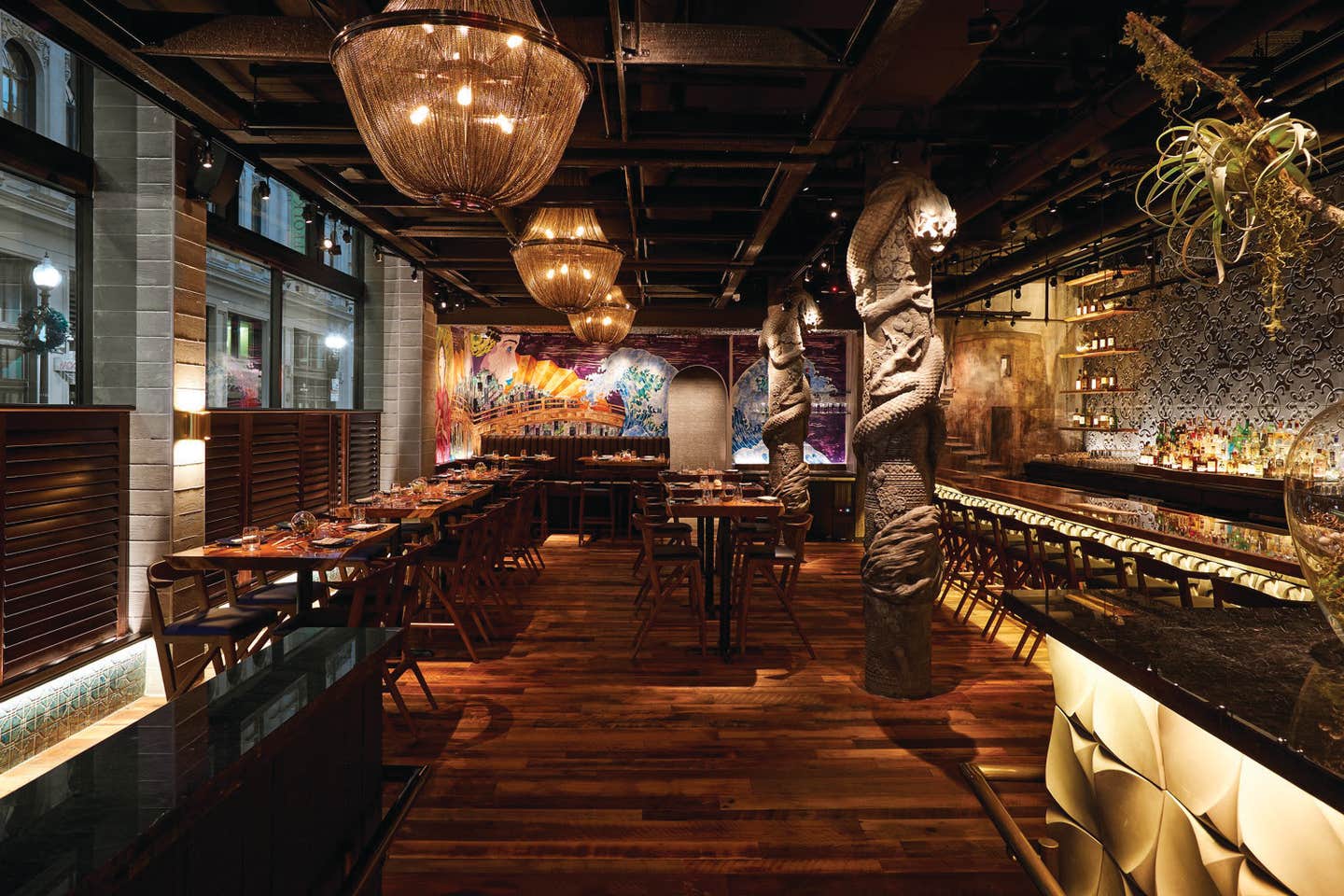
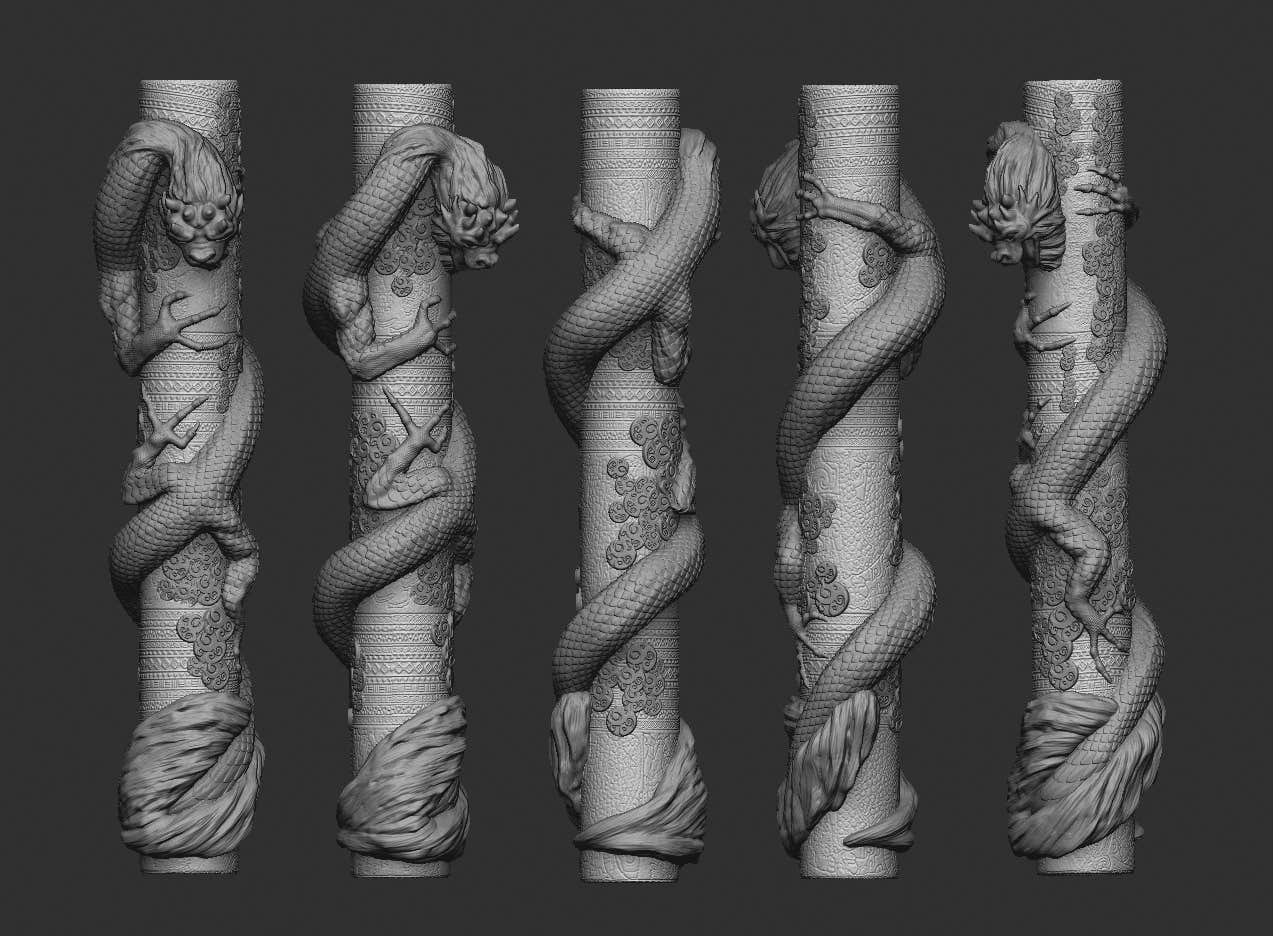
The products of the family-owned company, which is based in West Chicago, Illinois, are made from cast fiberglass, lightweight fiberglass, synthetic stone, PVC, high-density polyurethane, GFRC, and lightweight EPS-backed cast stone.
“Our passion is to emulate historic architectural products but from composite materials that last a lifetime,” says General Manager Andy Savenok. “We believe that what we do is art. Sure, it’s not paintbrush and canvas, but our business is helping people make buildings beautiful.”
He notes that, of late, square columns on Craftsman-style homes have been trending. There also is much demand for Greek Doric columns and pergolas as well as Chippendale-panel balustrade systems.
Regardless of the style selected, Savenok says that to achieve the proper period-style look, every component should be made of the same material. “This is important for paint adhesion,” he says. “Since all products expand and contract
at different rates and accept
paint and primer differently,
why mix them?”
Historic replicas and restorations and custom projects are Royal Corinthian’s forte; the company has even recreated architectural elements from period photographs. The accuracy lies in the details. Royal Corinthian’s columns, for instance, feature molded instead of routed flutes, a distinction that Savenok says elevates them from ordinary to artistic.
Royal Corinthian, which has been in business for nearly three decades, has such a large catalog of products, ranging from the price-sensitive to the premium, that “no other manufacturer offers so many different materials under one roof,” Savenok says. “Our balustrade systems, which range from 4-inch-wide to 22-inch-wide rails, have thousands of possible variations, so it’s very possible to create a balustrade system from our standard products that no one else in the industry has.”
Rugo Stone,
One of the few companies still training and supporting master stoneworkers, Rugo Stone designs, fabricates, and installs natural stone, mosaic, and other significant stonework products in projects throughout the nation.
“We believe that historic preservation is important to communicate to future generations the designs, the capabilities, the art, and the passion of our predecessors in creating successful, long-lasting projects that have withstood the test of time,” says President/Owner Brett Rugo, who is the grandson of an Italian stone carver.
The award-winning company, established in 1996, uses 3D scanning and CNC machining technologies to accurately recreate marble elements in historical projects. Modern technologies, Rugo says, make replicating stone elements easier, faster and more cost efficient.
“Our senior staff has over 400 years of collective stone trade experience, and most of our technical team has engineering
or architectural backgrounds,” he says. “From historically
accurate restorations to major stone installations, we have
the comprehensive knowledge and capabilities to help our
clients to realize their visions and achieve their goals—
on time and on budget.”
Stone Legends of Texas,
A manufacturer of cast stone for all uses, Stone Legends of Texas offers standard as well as custom cast-stone work, including historical replications.
The company, which is a producer member of the Cast Stone Institute with exemplary status, has three divisions: Stone Legends (residential), Cast Stone Commercial Services, and Stone Magic (fireplaces and interior uses).
“Our expertise is in designing and developing the stone parts so that installation goes smoothly, with everything fitting well and minimal cutting on site,” says General Manager Richard Carey. “Each stone is carefully detailed in the shop drawing phase then produced to the highest standard of quality with the best mix design available. This is important because what is inside the stone that doesn’t show dictates the overall value.”
Assembly is like putting together a jigsaw puzzle: CAD and 3D modeling are used to develop each stone, which has a unique mark that shows where it fits into the overall picture.
Although cast stone is common in traditional designs, recently architects have been incorporating it into modern, minimal projects, Carey says. “They are beginning to experiment with shape like Frank Lloyd Wright did,” he says. “We should see a wave of innovations, especially with the ability to 3D model in CAD.”



